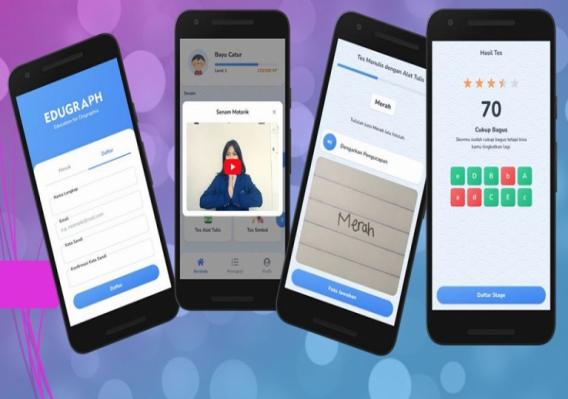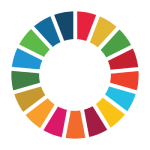EDUGRAPH HELPS DYSGRAPHIC CHILDREN WRITE

Dysgraphia is one of the learning difficulties characterized by difficulties in expressing thoughts in writing composition. In general, the term dysgraphia is used to describe abysmal handwriting. Children who have dysgraphia may write very slowly, their writing may be very illegible, and they may make many spelling mistakes because of their inability to mix sounds and letters. Dysgraphia usually occurs when a child first interacts with letters, namely when the child is about six years old, or it can be said when the child is in elementary school. Thus, elementary schools should have a role and responsibility in helping dysgraphia children who are not the same as children with special needs. To help children with dysgraphia, a team of UNY students from the UNY information technology study program consisting of Alim Tegar Wicaksono, Ikhwan Inzaghi Siswanto, and Maria Bernadetha Charlotta Wonda Tiala developed an application called Edugraph (Education for Dysgraphia).
Dysgraphia can hinder a child's learning process. Barriers to aspects of knowledge, skills, values, morals, beliefs, and habits can affect the future development of children. Therefore, these dysgraphia children need specific methods such as remedial and tutoring for teaching processes in hampered areas. It is also possible to compensate by assisting related difficulties on basic writing skills such as making a fist, moving the wrist, elbow, and many more. At a certain level, it is also needed to have specific strategies that need to be formulated to meet the needs of dysgraphia children.
Ikhwan Inzaghi Siswanto explained that in the Edugraph application, students are invited to watch a motorized exercise video, see tables, and write animations while listening to the pronunciation of the letters, numbers, and symbols. Then students are asked to write the letters, numbers, and symbols with a canvas, stationery, and camera. When finished, students can see their ranking.
Maria Bernadetha Charlotta Wonda Tiala explained that Edugraph uses OCR, namely Optical Character Recognition, a software with a function to "read" or extract text from scanned, typed, or handwritten documents without the need to type or enter text manually. "While the main learning materials include writing tests and gamification as an entertaining instructional method that allows for repetition in a fun environment for students," she said.
The need for dysgraphia children for a handwriting program is supported by a writing test feature that contains questions that test children to write various components of writing that were previously studied in a table of letters, numbers, and symbols. The answers to these questions are then evaluated using OCR technology to automatically and quickly evaluate the evaluation. (dedy, Tj. Lak)






